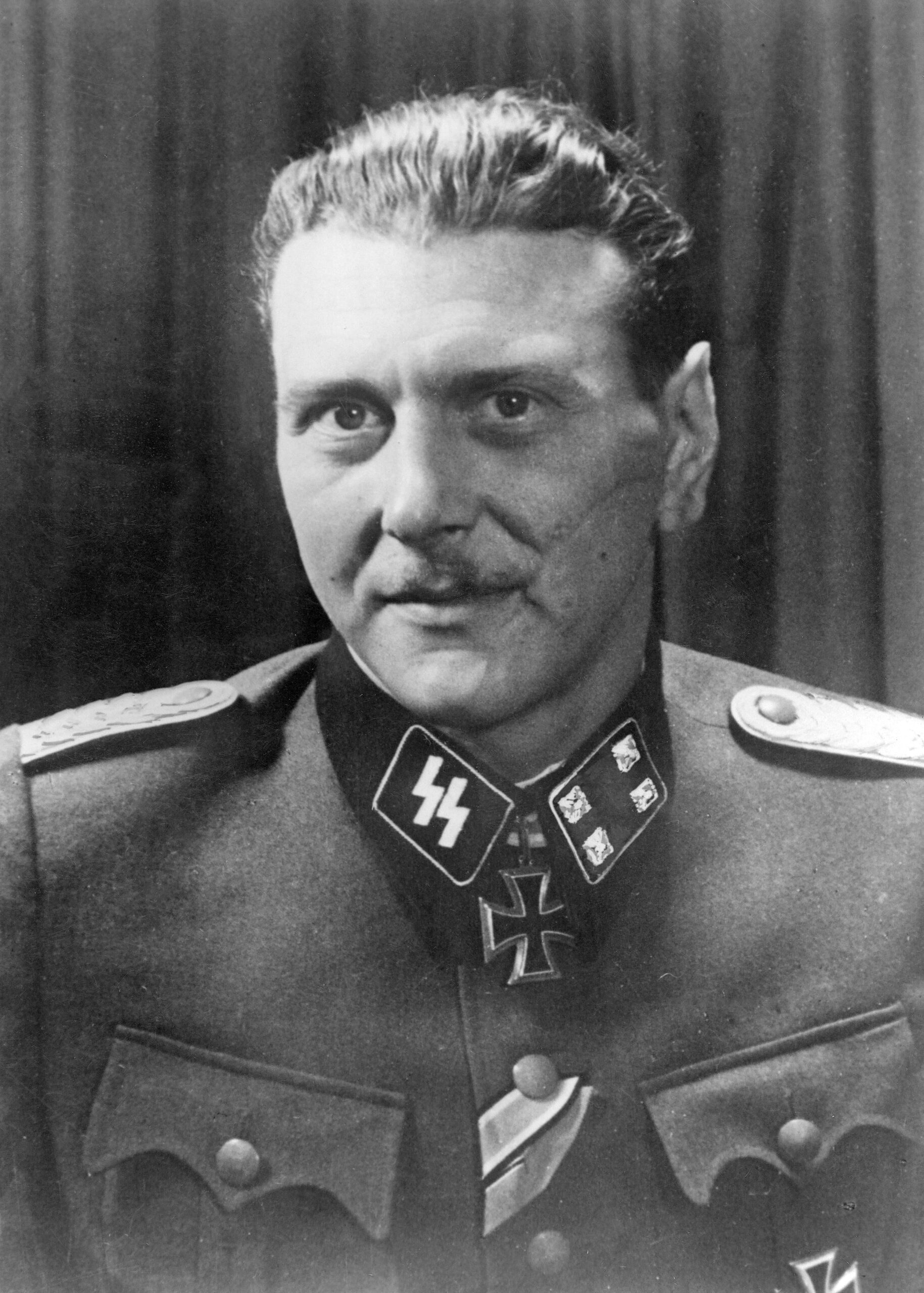Throughout history, world leaders have left indelible marks not only through their policies and conquests but also through the extraordinary and sometimes bizarre events that surround their lives and legacies. The annals of world history are punctuated by episodes that reveal the often unpredictable, ruthless, or even darkly comedic aspects of power. From Joseph Stalin’s relentless assassination attempts against Tito, to the mysterious disappearance of Australian Prime Minister Harold Holt, to the macabre pyramids of skulls erected by Tamerlane, and the grandiose building ambitions of Babylon’s Nebuchadnezzar II, these stories illuminate the extremes of human behavior and the wide-ranging consequences of leadership. Examining these episodes offers insight into the personal dynamics, political realities, and cultural legacies that have shaped the world.
Joseph Stalin’s Vendetta Against Tito
Joseph Stalin, the formidable leader of the Soviet Union, was notorious for his paranoia and ruthlessness. His efforts to consolidate power extended not only within the USSR but throughout the Eastern Bloc. His relationship with Yugoslavia’s leader, Josip Broz Tito, stands as a particularly striking chapter of Cold War intrigue. Initially, Tito was a loyal Communist, leading the resistance against Axis forces during World War II and establishing a socialist government in Yugoslavia. However, ideological and political differences soon emerged. Tito fiercely guarded Yugoslav sovereignty and resisted Stalin’s attempts to reduce Yugoslavia to a Soviet satellite state.
As tensions escalated, Stalin resorted to a method he had employed many times before: assassination. Soviet operatives were dispatched repeatedly to eliminate Tito, but the Yugoslav leader’s security apparatus proved formidable. According to accounts, five separate assassination attempts failed. The situation escalated to the point where Tito sent Stalin a note, reportedly stating, “Stop sending people to kill me. We’ve already captured five of them, one with a bomb and another with a rifle. If you don’t stop sending killers, I’ll send one to Moscow and I won’t have to send a second.” This message was both a declaration of defiance and a demonstration of Tito’s skill in psychological warfare.
The failed assassinations and Tito’s bold response encapsulate the broader struggle for autonomy in the Soviet sphere and the lengths to which Stalin was willing to go to maintain control. The incident also highlights the peculiar dynamics of power among authoritarian leaders, where personal animosity and political rivalry could lead to repeated, almost farcical, episodes of cloak-and-dagger subterfuge. Tito’s survival allowed him to chart a unique course for Yugoslavia, maintaining relative independence from Moscow and becoming a leader of the Non-Aligned Movement, while Stalin’s inability to eliminate him revealed the limitations of even the most paranoid and powerful autocrat.
The Disappearance of Harold Holt
The world of political power is often associated with violence and intrigue, but it can also be marked by inexplicable tragedy and enduring mystery. Harold Holt, the Prime Minister of Australia from 1966 to 1967, is remembered not for policy achievements but for his sudden and mysterious disappearance. On December 17, 1967, Holt went for a swim at Cheviot Beach near Portsea, Victoria. He was never seen again. Despite extensive search efforts, no trace of his body was ever found.
The disappearance of a sitting head of government is almost unprecedented in modern history. The official explanation posited accidental drowning, likely due to rough surf and dangerous currents. However, the absence of a body has fueled speculation for decades, ranging from theories of shark attack to more outlandish notions involving abduction by Chinese submarines or voluntary disappearance. The event left a surreal legacy in Australian culture, including the ironic decision to name a public swimming pool, the Harold Holt Memorial Swimming Centre, after the vanished leader—a gesture both commemorative and darkly humorous.
Holt’s disappearance and the curious memorialization that followed serve as a reminder of the unpredictability inherent in political life. The incident disrupted the Australian political landscape and underscored the vulnerability of even the most powerful individuals to the caprices of nature and fate. The naming of a swimming center in his honor demonstrates the ways in which societies grapple with collective trauma and the sometimes absurd intersections between memory and commemoration.
Tamerlane and the Pyramids of Skulls
If some leaders are remembered for the mysteries surrounding their deaths, others are etched in history for the terror they unleashed. Timur, better known as Tamerlane, was a Turco-Mongol conqueror whose campaigns in the late 14th and early 15th centuries left swathes of Asia and the Middle East devastated. His military prowess was matched only by his brutality. One of the most infamous practices attributed to Tamerlane was the construction of pyramids made from the skulls of his enemies.
These grisly monuments were not merely acts of cruelty; they were calculated psychological weapons. When besieging cities that refused to surrender, Tamerlane would order the execution of captives, and their skulls would be stacked into massive pyramids visible from afar. The message was unambiguous: resistance would be met with utter annihilation. Such tactics were employed during his campaigns in Persia, India, and beyond. The pyramid of 70,000 skulls reportedly erected after the sack of Isfahan in 1387 stands as one of the most chilling symbols of his reign.
The legacy of Tamerlane’s skull pyramids is twofold. On the one hand, it reflects the extreme violence that characterized many pre-modern campaigns of conquest. On the other, it exemplifies the use of terror as a tool of statecraft, designed to cow populations into submission and deter future resistance. These acts have echoed through the centuries, shaping perceptions of Tamerlane as both a military genius and a figure of almost mythic savagery. The psychological warfare he practiced presaged similar tactics by later autocrats, demonstrating how the projection of power often relies as much on spectacle as on force.
Nebuchadnezzar II and the Wonders of Babylon
While some leaders are remembered for violence and intrigue, others are immortalized through their grand construction projects and cultural achievements. King Nebuchadnezzar II of Babylon, who reigned from 605 to 562 BCE, stands as a paragon of the ancient builder-king. Nebuchadnezzar’s reign marked the zenith of the Neo-Babylonian Empire. He is most closely associated with the legendary Hanging Gardens of Babylon, one of the Seven Wonders of the Ancient World.
According to ancient sources, the Hanging Gardens were created to please Nebuchadnezzar’s wife, Amytis of Media, who longed for the green hills of her homeland. The gardens, said to be an astonishing feat of engineering, featured terraced structures lush with vegetation, irrigated by an elaborate system drawing water from the Euphrates. Whether the gardens truly existed as described remains a matter of debate among historians, owing to the lack of definitive archaeological evidence. Nonetheless, the legend of the gardens endures as a symbol of the king’s ambition and the grandeur of Babylonian civilization.
Nebuchadnezzar’s building projects extended far beyond the Hanging Gardens. He reconstructed the city of Babylon on a monumental scale, erecting massive walls, palaces, temples, and the Ishtar Gate, adorned with vivid blue tiles and reliefs of mythical animals. These constructions served both practical and propagandistic purposes, cementing Babylon’s status as the preeminent city of the ancient Near East and broadcasting the king’s power to subjects and rivals alike.
The architectural legacy of Nebuchadnezzar II reflects the ways in which rulers have sought to inscribe their names into history not through destruction but through creation. While the skull pyramids of Tamerlane instilled fear, the wonders of Babylon inspired awe. Both approaches were designed to reinforce authority, but they did so through radically different means: one through terror, the other through splendor.
The Psychology and Legacy of Power
Taken together, these episodes reveal much about the psychology of leadership and the mechanisms by which rulers seek to project and preserve their power. The stories of Stalin and Tito, Harold Holt, Tamerlane, and Nebuchadnezzar II, though disparate in context and outcome, share a thematic unity in their illustration of the extremes and peculiarities of historical leadership.
Stalin’s obsession with eliminating Tito underscores the corrosive effects of paranoia and rivalry among autocrats. The personal becomes political, and state machinery is deployed for the pursuit of vendetta—a reminder of the dangers inherent in centralized, unchecked authority.
Holt’s disappearance, by contrast, highlights the vulnerability and unpredictability that can attend even the highest office. The response to his fate, including the creation of a swimming center bearing his name, illustrates the sometimes surreal ways in which societies process and memorialize their leaders.
Tamerlane’s legacy of terror stands as a testament to the enduring power of psychological warfare. His skull pyramids were more than acts of brutality; they were instruments of policy, designed to achieve political objectives through horror and intimidation. This use of spectacle to reinforce authority is a recurring theme in the annals of autocratic rule.
Nebuchadnezzar II’s monumental constructions, meanwhile, exemplify the role of cultural and architectural achievement in the consolidation of power. The wonders attributed to his reign served as tangible proof of divine favor and royal legitimacy, shaping the identity and memory of an entire civilization.
Conclusion
The eccentric, ruthless, and often astonishing actions of history’s world leaders illuminate the complex interplay between personal ambition, political necessity, and cultural legacy. Whether through repeated assassination attempts, mysterious disappearances, acts of terror, or monumental construction, leaders have sought to assert their will and shape the world in their image. These stories reveal the diverse strategies by which power is maintained and remembered, from the darkest acts of violence to the most enduring feats of creation. In examining these episodes, one gains not only a deeper understanding of individual leaders but also a broader appreciation for the unpredictable and often paradoxical nature of history itself. The legacy of these world leaders—be it in the form of a skull pyramid, a vanished prime minister, or a legendary garden—serves as a perpetual reminder of the extraordinary lengths to which individuals will go to leave their mark on the world.


